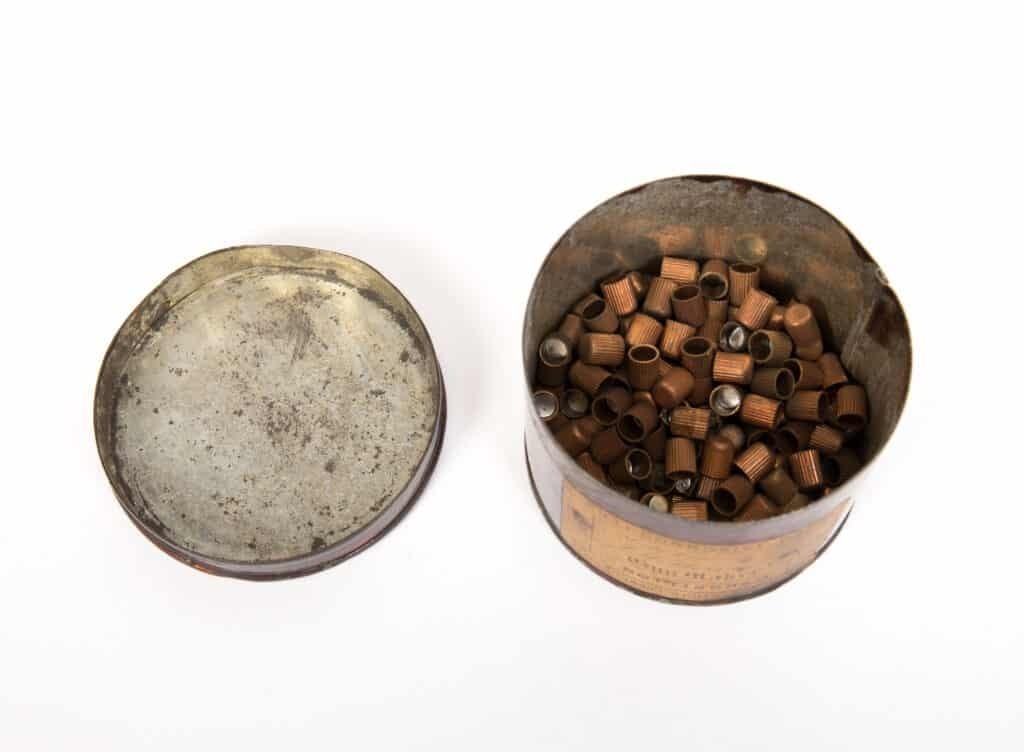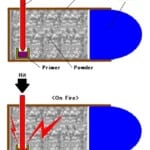
Introduction to the percussion cap
A percussion cap (also known as a cap) is a small metal or brass cap containing a tiny amount of sensitive explosive material, typically fulminate of mercury. It is designed to be placed on the nipple of a firearm's percussion lock or firing mechanism. When struck by the hammer or firing pin, the cap explodes, igniting the main propellant charge in the firearm and propelling the bullet or projectile forward.
History
Percussion caps were a significant advancement in firearms technology and replaced the flintlock ignition system in the early 19th century. They offered improved reliability, faster ignition, and greater resistance to weather conditions compared to flintlocks. Caps played a crucial role in the development of firearms and were used extensively during the era of muzzle-loading rifles, pistols, and muskets.
Usage
To use a Percussion firearm, a shooter would typically load gunpowder and a bullet or projectile into the barrel, then place a cap on the nipple of the gun's firing mechanism. When the trigger is pulled, the hammer or firing pin strikes the cap, causing it to detonate and ignite the gunpowder, which propels the bullet out of the barrel.
Sizes
Modern percussion caps generally come in three sizes: #10 for pistols, #11 for rifles, and musket (sometimes called wing musket). CCI and Remington are the on US companies that currently manufacture this as far as I know. Some muzzleloaders can use 209 shotgun primers.
Conclusion
Percussion caps were eventually replaced by more modern ignition systems, such as the centerfire and rimfire systems, which are commonly used in modern firearms. However, percussion cap firearms still hold historical significance and are used by enthusiasts and reenactors today.
Read more about this topic in these books:
If you know of any forums or sites that should be referenced on this listing, please let us know here.






